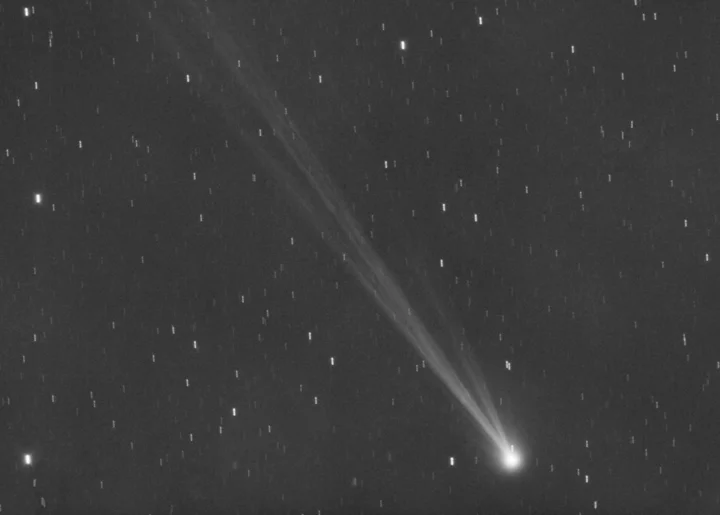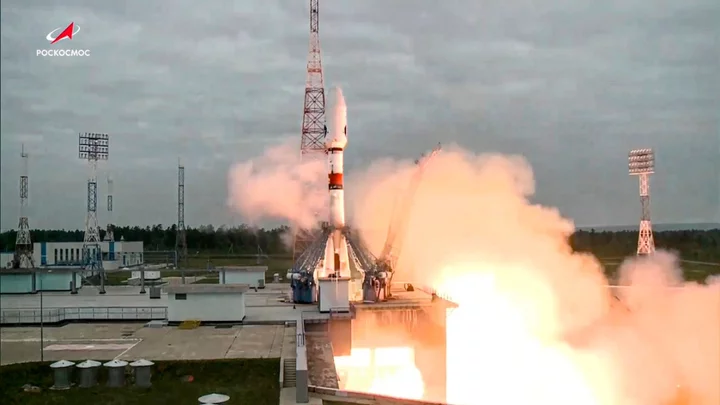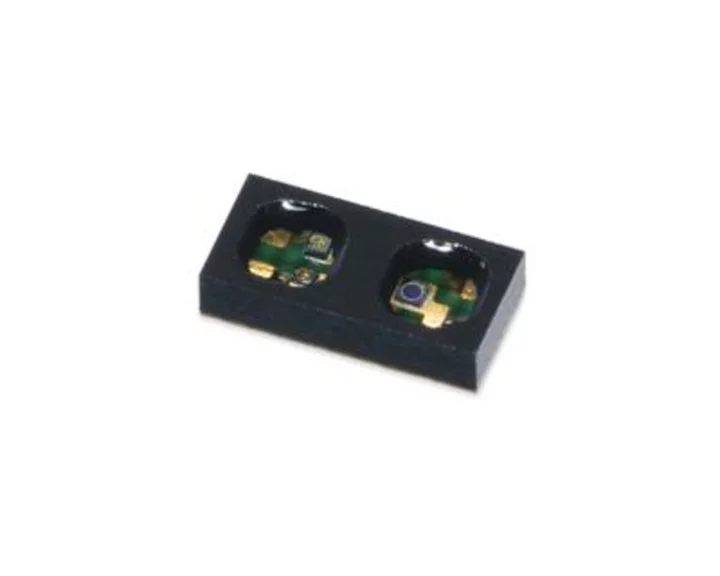Stargazers in the northern half of the world may be able to view a brightening comet with simple binoculars and a cup of coffee over the next few days.
Right now, the ball of ice, dust, and rock is zipping through space in the constellation Leo. About 1.5 hours before sunrise, it should be visible in a northeastern direction in the sky.
Amateur astronomer Hideo Nishimura discovered the comet on Aug. 11, capturing the celestial object with a long exposure on a standard digital camera. The dirty snowball with a green head and a white tail was officially dubbed C/2023 P1, "Nishimura" for short, by the Minor Planet Center. With so many professional astronomical surveys constantly scanning the sky for near-Earth objects, an amateur discovery like this isn't common.
As Nishimura gets closer to the sun, it is also moving toward the horizon, making it more difficult to see after this week, according to the Night Sky Network, a partnership of amateur astronomy clubs and NASA's Jet Propulsion Laboratory in California.
SEE ALSO: Vigilant amateur asteroid hunters keep watch for menacing space rocksThe comet will swing by Earth at a safe distance and make its closest approach to the sun on or about Sept. 18. At that point, it will be 27 million miles from the star, closer to it than Mercury. If it survives, people in the Southern Hemisphere could get their chance to see the comet later in the month.
Astronomers have described Nishimura as "close" because of the potential to see it with binoculars or possibly even the naked eye, depending on weather, light pollution, and how much it brightens over the coming days. But space is a big place: It will still be about 79 million miles away and not a threat to Earth.
Want more science and tech news delivered straight to your inbox? Sign up for Mashable's Light Speed newsletter today.
Comets are known for their millions-of-miles-long tails — ice and dust vaporizing in space. Credit: NASA / JPL-CaltechHundreds of years ago, comets were considered bad omens. Legend holds that Pope Callixtus III excommunicated Halley's Comet in 1456 as an "instrument of the devil," though a Catholic priest disputed that as myth in a 1908 article published in Popular Astronomy.
Scientists today know these icy objects as ancient relics of the early solar system, leftover from the days when planets around Earth were just forming. Astronomers often think of them as 4.5 billion-year-old time capsules. With limited data, experts have estimated that this particular comet completes an orbit every 434 years.
Laypeople sometimes confuse comets for shooting stars because they both involve space rocks that create glowing streaks, but the former are known for their millions-of-miles-long tails — ice and dust vaporizing in space.
"Asteroids are rocky, comets are icy, and meteors are much smaller and are the shooting stars that you see up in the sky," said Ryan Park, a near-Earth asteroid expert, in a NASA video.









